Yesterday, someone asked Xiao Bian about the lifespan of a personal computer and whether there are any upgrade suggestions. Recently, Xiao Bian has been organizing CPU data, so he decided to put together a comprehensive CPU ladder chart spanning over a decade. This will help everyone check where their computer's CPU stands, or for those planning to build a new system, it can guide them on which models to consider.

Entry-Level: Not Old, Still Capable for Another Decade!
Due to the limited width of WeChat images, Xiao Bian had to split the chart into two parts. Everyone can click on the images to scroll through and view the full content. Interestingly, many older CPUs still sit at the entry-level today, while high-end models from over a decade ago are now considered basic. It’s worth noting that in the entry-level category, there are no Intel Coffee Lake or AMD Ryzen products yet. The former refers to 8th-gen Pentiums, while the latter is likely APUs. These are expected to be phased out by the end of this year or early next year, and Xiao Bian will update accordingly.
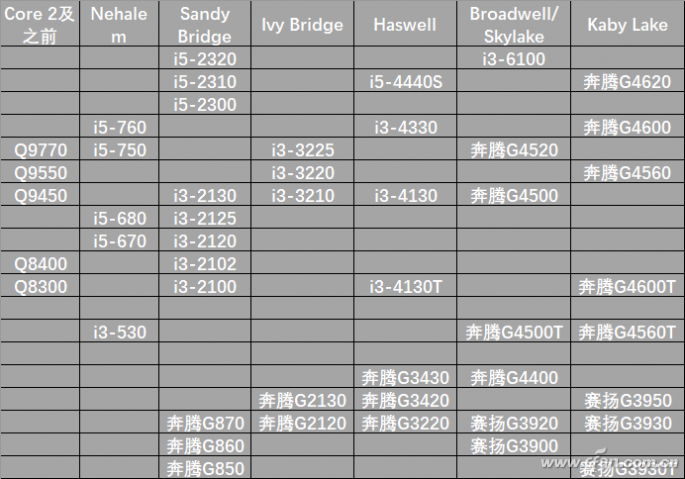
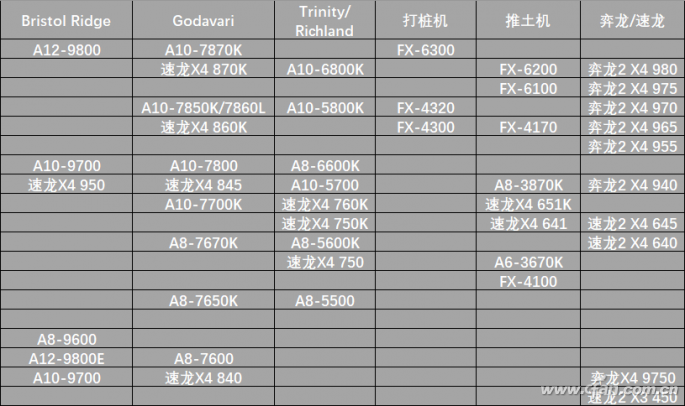
Mainstream: Performance Meets Value
Some mainstream CPUs are even considered flagship models. Xiao Bian has selected a few options here, especially for those looking to upgrade old systems. For example, the i5-2500K is a budget-friendly and powerful choice. If you're upgrading an older PC with a tight budget (don’t forget that RAM prices have gone up), the i5-7350K offers great value after overclocking. Pairing it with a Z170 motherboard can further boost performance. Another good option is the Ryzen 3 1200, which offers excellent value, although it lacks overclocking support.
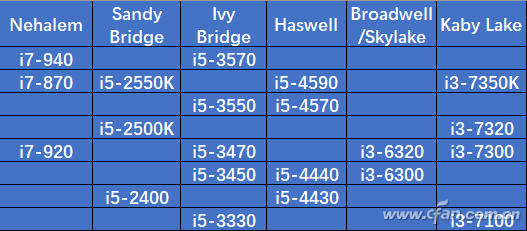
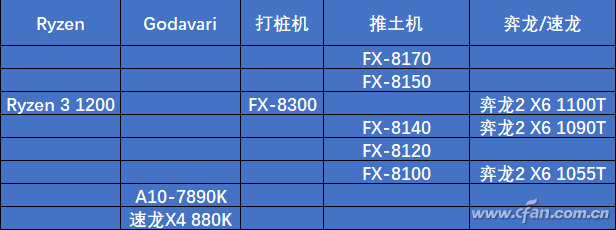
High-End: Honest, Yet Worth the Investment
At the high-end level, the number of CPU models drops significantly. Xiao Bian has consolidated the list into one. For upgrading an older system, the i7-2600K is a solid choice—affordable, capable of overclocking, and offering excellent cost-performance. For a new build, the Ryzen 3 and 5 series are strong contenders, especially those with an "X" suffix, which offer better performance.
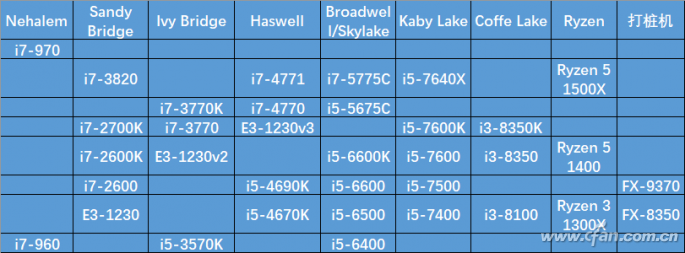
Flagship: A Mix of Old and New
At the flagship level, there are fewer CPU options. Intel still dominates, as AMD hasn't fully recovered from previous years. Some may question why the 8th-gen i5 and Ryzen 5 are placed here. The answer lies in the fact that CPU performance improvements have been modest in recent years—only around 10% per year. However, this year AMD has made a strong comeback with the Ryzen 5, which now competes directly with flagship models. On the Intel side, the 8th-gen i5 represents a major performance leap and is now comparable to previous i7 models.
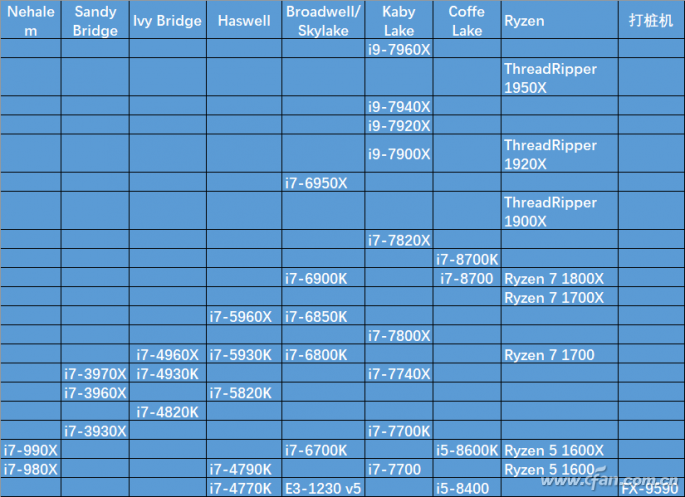
Over the past decade, CPU development has seen two major breakthroughs. The first was the second-generation Core processors, particularly the Sandy Bridge lineup, which was highly regarded. The second is the current 8th-gen Core and Ryzen series, which have delivered impressive performance gains. When asked what Xiao Bian is most excited about, he says he's looking forward to the 8th-gen Core Pentium and AMD Ryzen APU models!
headphone transformer,smoke alarm transformer,refrigerator low frequency transformer,potted transformer
IHUA INDUSTRIES CO.,LTD. , https://www.ihuagroup.com